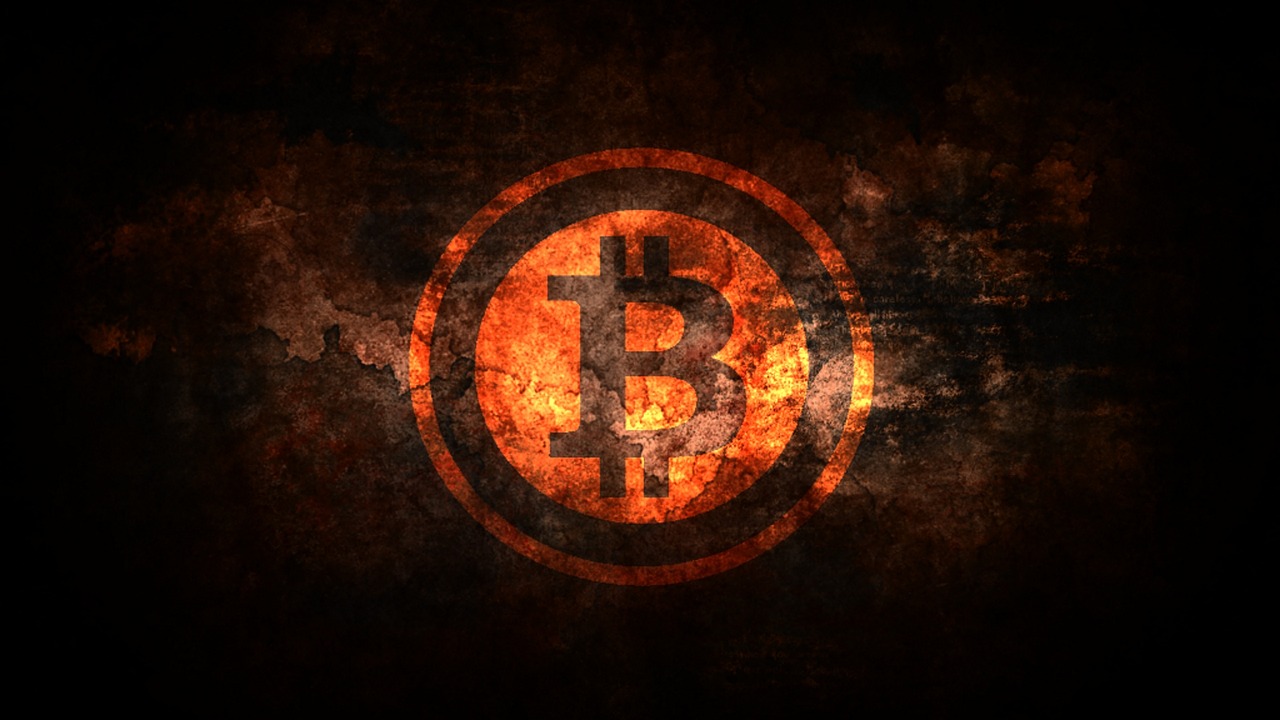What is Lightning and why is it? How does Lightning work? Criticism or problems and challenges and Why can it fail? Why is Lightning a good solution? What’s next? To pick you up,
What is Lightning?
Quite simply, Lightning is about not writing every bitcoin transaction into the blockchain, but making it as safe as if it were in the blockchain. For this purpose, so-called payment channels are used, which can open and close two parties with each other. A payment channel is anchored in the blockchain using a normal Bitcoin transaction via a smart contract.
This opening transaction simultaneously blocks a certain number of Bitcoins until the channel is closed again. The blocked bitcoins can then send both parties back and forth as often as they like via the payment channel. In up to 500 transactions per second.
At the end, the payment channel is then closed again with a closing transaction. And both parties receive the originally blocked bitcoins according to the balance of their payment channel. In terms of scaling, this means that only two on-chain transactions visible in the block chain. Which can ultimately represent an arbitrarily large number of so-called off-chain transactions.
From individual payment channels to the large network. Such payment channels are actually one in blockchain business. Already Satoshi Nakamoto discussed the concept before leaving from the Bitcoin project in 2011. However, there were applications for individual, separate channels for a long time in a few serious applications for the concept.
How does Lightning work?
In 2015, however, a paper was published in which it was described how different payment channels can be combined into a complex network. In which one could not only send money to which one owns a direct payment channel, but via clever routing ultimately to every network participant. The concept was so inspiring that it finally allowed the kind of Bitcoin payments to be made, fast, secure, anonymous, cheap, globally available, not censored and irreversible. Properties that can not offer pure on-chain transactions on a large scale.
In early 2018, the Lightning network was finally transferred from the Testnet to Mainnet and since then it is growing rapidly. The network currently covers almost 6000 nodes with more than 20,000 payment channels. And while it’s still young and very experimental. More than 600 bitcoins, which is more than $ 2 million, are already flowing through these channels. This number is remarkable in that the Lightning network is not actually intended for sending large sums. But, on the contrary, Bitcoin is finally to give the functions of a digital everyday money by small amounts of money quickly, securely, anonymously and cheaply transmitted to let. Bitcoin should become the digital everyday money in the long run.

